Logos 9 just released and this new version of Bible software brings a lot to the table for pastors and preachers. This is much more than Bible study software. It’s a ministry platform with tools for preachers and pastors to help make their ministries more effective and more time-efficient. It has a lot of tools that focus on preaching and pastoring. Specifically, several sermon prep tools such as updates to the Sermon Editor and also a new counseling tool. In this review, I’ll take a look at Logos 9 and see what it can do to help you decide if it’s right for you and your ministry.
For reference, I upgraded to Logos 9 from Logos 8 Platinum, and I’ve purchased several packages over the years, so your resources might be much different than mine.
My hardware – Just as my Logos 7 and Logos 8 reviews, I’m running Logos 9 on an Asus 15″ laptop with Windows 10, a 4ghz i7, 8gb RAM, and a Geforce 940m built-in graphics card. My internet connection is 4G Wifi in the county of east TN.
Faithlife provided this Bible software in exchange for an honest review. I was not required to give a positive review, only an honest one. All opinions are my own.
_________________________________________________________________
Get 15% off and 5 free books when you purchase Logos 9 through our discount page
_________________________________________________________________
Table of Contents
- Video Review
- Logos 9 User Interface
- Factbook 2.0
- Sermon Builder
- Counseling Guide
- Reading Plans
- Dark Mode
- Interactive Media
- Thoughts on Using Logos 9
Video Review
Logos 9 User Interface
Just by looking at Logos 9, you wouldn’t know it was a new app. The Logos 9 UI looks and works the same as Logos 8 with an extra button in the upper right corner that links to your user account. Here, you can access your account, view your profile, change users. It also includes the Explore section, which includes links to news, articles, resources, etc.
The tools and menus look almost the same as before, but there are now several new features, several modified features, and several expanded features. There are also a few new icon sizes and layout changes. Just as before, the easiest way to get started is to type what you’re looking for in the search box in the upper left of the screen and click Go. Although, I do find the new larger icons a lot easier to use than before. I find myself using them more often than using search.
Guides displays larger icons and shows a good example of the updates. Features include Passage Guide, Bible Word Study, Theology Guide, Exegetical Guide, Topic Guide, Counseling Guide, Basic Bible Study, Expository Sermon Workflow, and Biblical Person Guide. In this review, we’ll look at the Counseling Guide in more detail.
We can also see some new features in Tools, which includes Atlas, Canvas, Factbook, Faithlife Assistant, Highlighting, Information, Media, Notes, Search, Sermon Builder, Sermon Manager, and Text Comparison. In this review, we’ll look at the Sermon Builder and Sermon Manager in more detail.
Factbook 2.0
The Factbook has gotten a lot of new features. The focus is on the needs of pastors with a strong focus on sermon prep. It has 10 times more content than it did before, such as counseling topics, theological terms, manuscripts, lemmas, etc. It’s easily accessible from the search box. The Factbook is a great way to start a Bible study, get started with sermon prep, etc. Factbook 2.0 is available for the desktop, web app, and mobile app.
The Factbook Visual Filter underlines words in the Bible text. When you hover over any of them, you’ll see a popup with information. You can turn this on or off. Clicking on one opens the Factbook with more information, as seen in the image above. It includes Key Articles from various resources such as dictionaries, commentaries, media, events, timelines, key passages, sermons, journals, etc. You can now launch a Topic Guide study and a Workflow directly from the Factbook.
Passage Guide Filters
The Factbook passage guide includes more filtering options for commentaries. Filters include:
Series – sorts the commentaries based on series. This is especially helpful if you prefer a certain series.
Author – provides a list of authors. They’re sorted alphabetically to make it easy to use.
Denomination – shows the list of the denominations of the authors. I like this because I’ve bought several packages based on denomination but wasn’t able to know easily what commentary belonged to which denomination without checking the list of resources in each package at the Logos website.
Type – this is the type that the commentary is classified as. It includes apparatus, application, concise, exegetical, expositional, homiletic, theological.
Era – shows the dates the commentary is from. Date-ranges include contemporary, modern, reformation, Nicene, etc. Each era includes the date-range.
Sermon Builder
The Sermon Editor is now the Sermon Builder. As before, it builds slides for you as you go and you can enter the reference and it will bring in the verse for you using your default translation. The sermon information has been moved from the top to the right side. You can also see the sermon as text and slides. The Handouts feature was depreciated in Logos 8, but part of the feature is still there in case you have old sermons with handouts in them. It doesn’t allow you to create new handouts. I wish they had left it in. They have to include the compatibility anyway, so just let us keep making handouts from our sermons. I thought it was a good feature and would like to have it back.
Across the top are lots of font options, so it works more like a text editor. Easily change the font size, color, background color, add styling, bullets, etc. You can also save your styles and switch between them. The colors and sizes are limited, but I like having these options.
The Notebook is now integrated so you can access it from the Sermon Builder. You can create your notes in the notebook and then click on them to add them to your sermon. You don’t have to switch back and forth between the two tools. This alone makes the sermons easier to build and is a game-changer for sermon prep.
Preach Mode
Preach Mode opens the sermon in a web browser with several tools including a timer. You can enter the amount of time you plan to preach and will give you options to see a flash for a 1 and 2-minute warning and to flash when you go over that time. It also includes font size options and a clock showing the current time. At the bottom of the screen, you’ll see arrows for navigation, the page number you’re on, and the total number of pages. The web and mobile version also includes versions of Preach Mode. The web app refers to it as Reading View.
Sermon Manager
Sermon Manager lets you see your sermons in a list or a radial calendar to help you plan ahead. You can map out the entire year so you’ll know what you plan to preach for each service. It includes holidays, school breaks, etc. This is the List view, which displays the sermons by date, venue, service, title, series, passages, topics, US holidays, etc. You can also filter them by series, passages, speaker, audience, etc. Your sermons will also show up in passage guide results, so you can consult any of your own sermons in your library so you can see your insights.
The Radial Calendar displays the calendar in a circle that’s easy to see and read. See the calendar by year as a calendar or liturgical list. Mine is empty for now, but once I get the dates filled in it will show the titles, series, and dates. It looks a lot different than a standard calendar, but I find it easy to read and use. This is a good way to see your series and plan your calendar.
Counseling Guide
In my opinion, one of the best new tools is the Counseling Guide. This is a new tool that helps you counsel people on specific topics. It includes tools to guide you through the counseling process. Enter a topic to counsel on and it provides a list of topics you can choose from. Clicking on one opens information on that topic and includes Counseling Topics, Related Topics, Passages, and Monographs. The topics include definitions, similar topics, a detailed summary with an outline, and links to resources. Clicking them opens the resources in another pane.
Counseling Guide is available with Silver and above. This is excellent when you consider that most of the counseling resources have traditionally been available in the Diamond collection and above. It doesn’t take the place of counseling education and skills, but it does help guide you through the counseling process and get prepared before a counseling session. The advice is solid and does a great job of keeping you on track. The advice is biblical-based, as all wise counsel should be. I can also see this being useful for sermon prep, teaching classes, small group studies, etc.
Quick Reference Guide
Resources has a link to the Quick Reference Guide. Clicking it opens in a new pane with several sections of information:
Portraits – these are case studies with examples of situations that take place that you might need to counsel someone through.
Definitions and Keys Thoughts – this provides a key verse, defines the major keywords in the topic, and provides a list of basic information.
Assessment Interview – provides questions with fields to enter the answers. The questions are designed to help you know how to talk to the people and get background information and help them open up and start talking. This is one of the most difficult areas in a counseling session, so having a tool to get people talking is a huge help.
Wise Counsel – this provides information and points to be sure to mention to those you’re counseling. It includes things to encourage them about and things for them to focus on. The main points are in italics so they stand out.
Action Steps – these are steps that people you are counseling are to do. This helps them to develop an action plan with rules to follow, gives them advice on following the plan and making adjustments as needed, and gives them some advice on making the plan work for them and their families.
Biblical Insights – this covers examples of the topic from Scripture. It includes the verses, the main points to consider from the text, historical facts with references, etc.
Prayer Starter – this is a short paragraph with a thought on the topic in order to get them started in prayer.
Recommended Resources – this is a list of resources for more information about the specific topic you’re counseling. It includes a Scripture reference, a list of books with links to copy the reference in several different citation styles, and a list of websites for more information.
Reading Plans
Reading Plans can now be created directly from your library. You can right-click on any resource and select to start a reading plan. The image above shows two ways to start a reading plan. I’ve selected the Information icon to open a new information pane. This window shows information about a resource that I’ve selected. You can either right-click and start the reading plan from the popup or click the Start reading plan button in the information window.
For books, the reading plan can be based on chapters. This example shows the chapters of the book I selected. It uses the chapters as sessions. This book would take 10 sessions. This is optional but I like that this was added. It makes book-reading sessions more natural to the way the book was meant to be read.
Dark Mode
The Logos 9 interface has a dark mode for using the app in low light. Select it in the Help menu. Click the three dots in the upper right corner, look for Application Theme, and select the dark mode. Changing the mode does require a restart. It opens a small information bar at the top of the screen informing you that it needs to restart in order to apply the changes. This provides a link that restarts the app when you click it. It’s easy enough to use. I would like to see it apply the changes without having to restart, but I’m sure they would have done that if they could have.
Interactive Media
There are some new and updated interactives in Logos 9.
Bible Books Explorer
The Bible Books Explorer displays Bible books as a graphic that shows the amount of narrative, procedural, behavioral, and expository information. It shows them based on color. You can see them as books, timeline, intertext, stats, and list. View in order, MT, chronological, words, and chapters. Hovering over a book gives you some basic information. In this example, I’m hovering over Deuteronomy.
Clicking one opens a short book introduction with links to the Factbook.
Intertext shows a circular graphic of the Old Testament references that are in the New Testament. It shows how they interact. I’m hovering over the interaction of Romans and Isaiah.
Before and After
The Before and After tool has been expanded with more images. It still works the same as before, but with more images to use in your sermons, etc.
Thoughts on Using Logos 9
I am a fan of Logos 9. Here are my thoughts on using Logos 9 during the review process.
Installation
My experience with installing Logos 9 is mostly positive. It took a couple of hours to download my library and a little longer to index everything. The only issue I had was a few errors while installing it. It gave me an error when downloading the installation app. I went through the troubleshooting steps but none of them helped, so I uninstalled Logos 8 and it got 2 steps further but then had another download error. I eventually connected my laptop to my phone with USB instead of WiFi and it worked perfectly. Most people won’t have this issue, but I wanted to mention it in case someone else has a similar issue while trying to download Logos.
Speed
It still runs fast on my 5-year old i7 laptop. It seems to be a touch faster than Logos 8. The only issue I had was with my 4G connection out here in the country.
User Interface (UI)
The menu is surprisingly simple considering the number of features Logos 9 has. Most of the adjustments are just a click away, but there are so many things to click on that it can be difficult to remember which is which. The adjustments are consistent, though, so once you memorize the adjustments you’re set. It’s easy to move things around, change the size of windows, create new tabs, etc.
Mobile and Web
I’m glad to see that the mobile and web apps have also been updated with several of these new tools. The Factbook is a prominent tool for these apps and it’s accessible from the Tools menu. I actually use both apps regularly and the mobile app is the version of Logos that I use the most, so it’s great to see they’re getting attention with these updates.
Favorite Tools
The tools I use the most are the sermon builder and counseling. I probably won’t use dark mode (reading white text on a black background hurts my eyes), but I can see that being useful for those that need it. The Factbook has been a useful way to interact with Logos for years. I’m glad to see new features added. It’s now a lot more powerful, making it a great way to start a sermon or personal study. The new features also make Logos easier to use because you can do more with a simple search.
Bottom Line
Logos 9 adds several powerful tools that make ministry and sermon prep more effective. Pastors and preachers will appreciate the update the most. If you provide counseling, then I recommend purchasing or upgrading to Logos 9 for the Counseling Guide alone. I can say the same for preachers that want to use the sermon building tools to create a sermon series and manage their sermons. The new features added to Logos 9 make it easy to recommend for serious seminary students, laymen that want to dig into Scripture, and of course for preachers and pastors.
_____________________________________________________________________
Get 15% off and 5 free books when you purchase Logos 9 through our discount page
_____________________________________________________________________
Faithlife provided this Bible software in exchange for an honest review. I was not required to give a positive review, only an honest one. All opinions are my own.

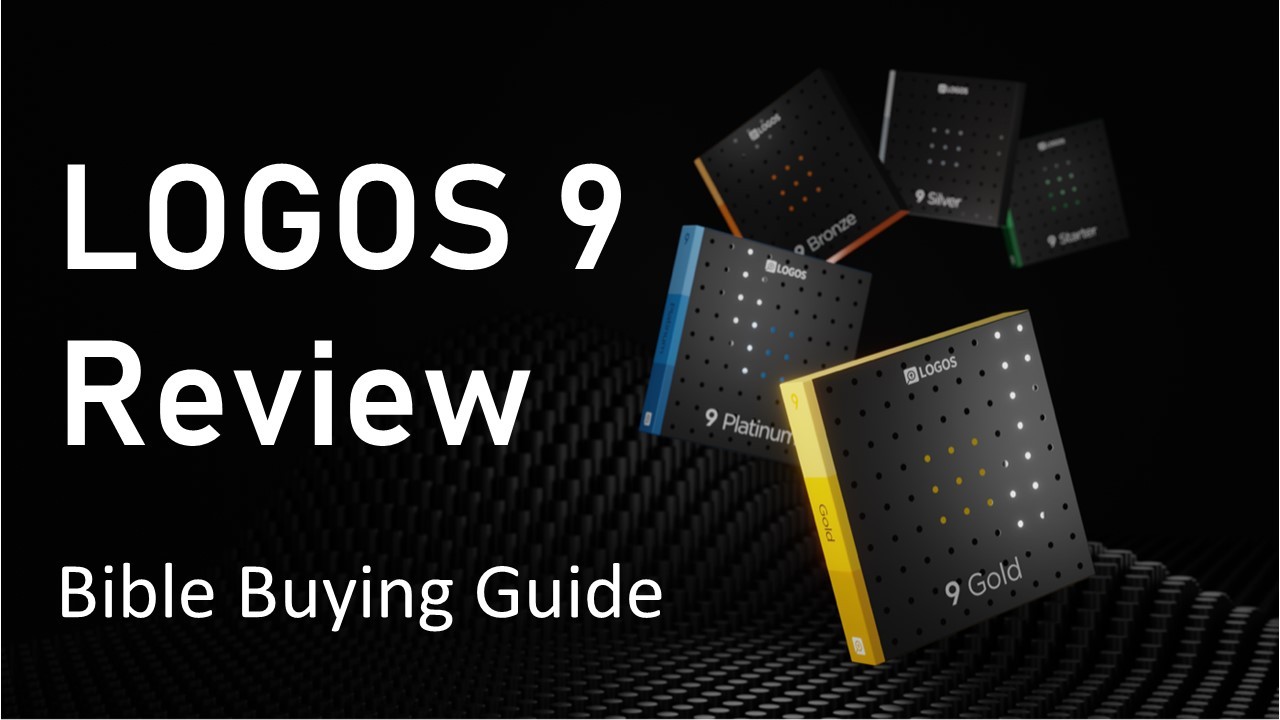

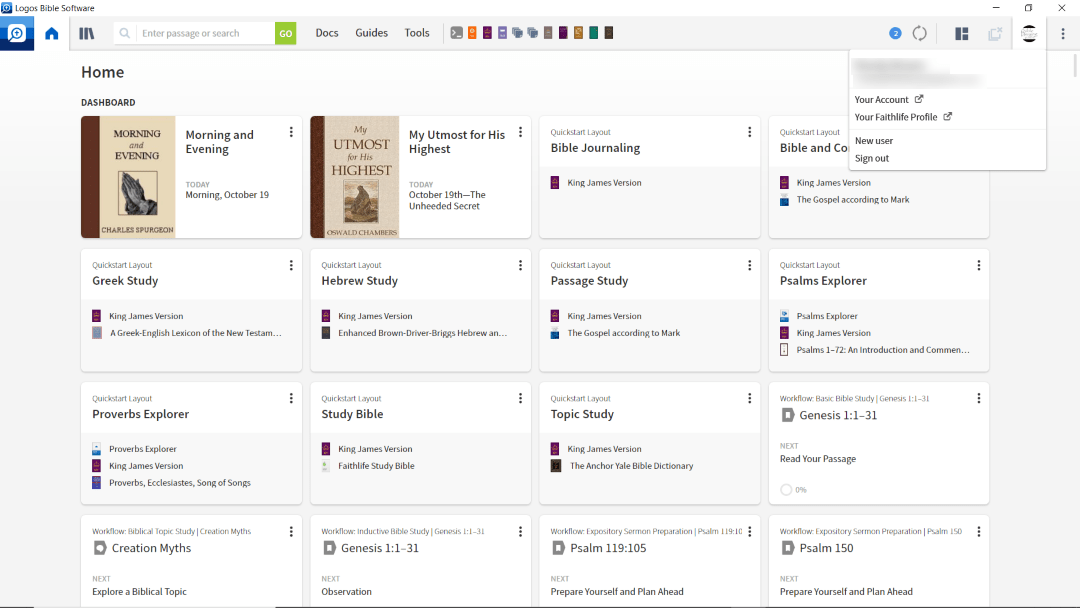
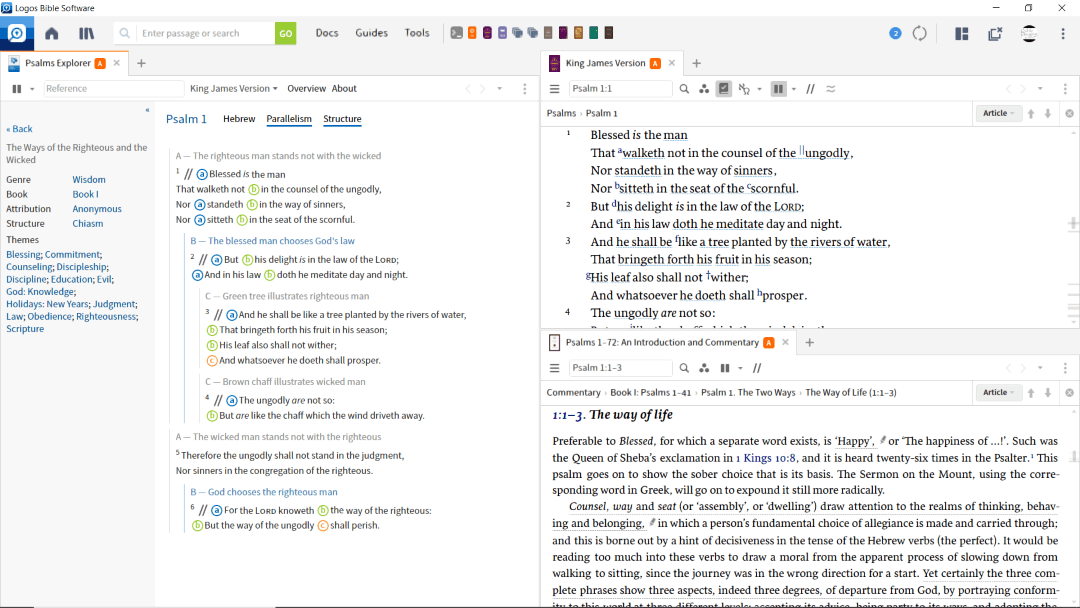
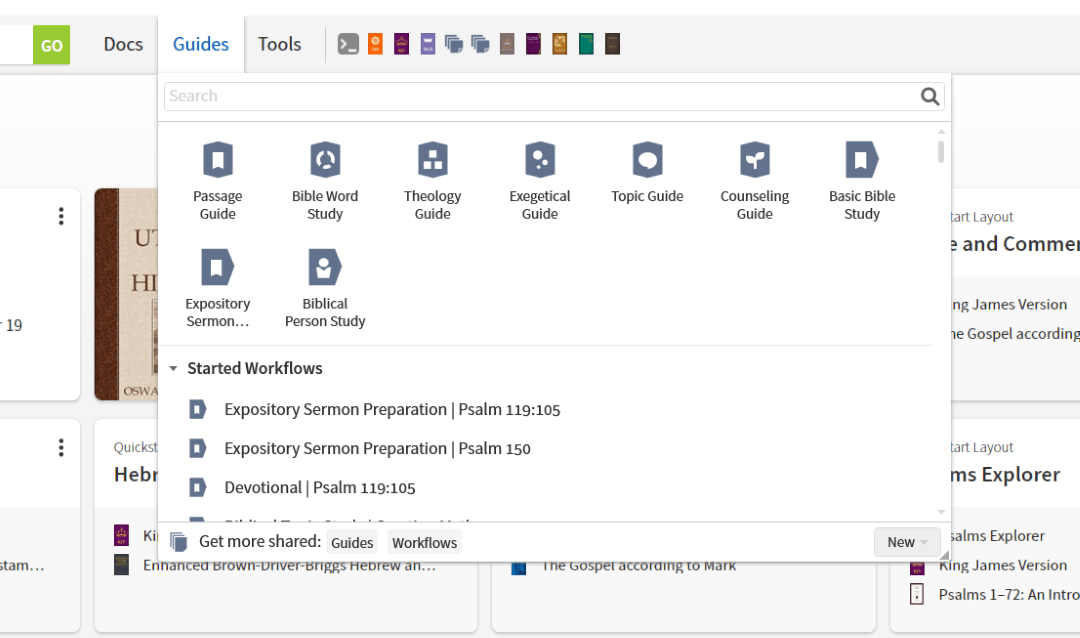
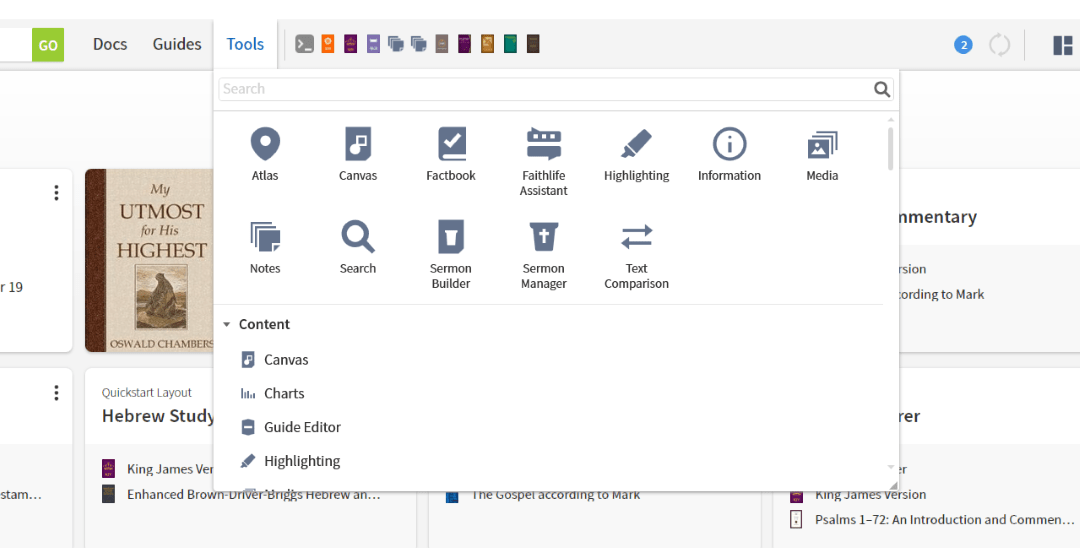
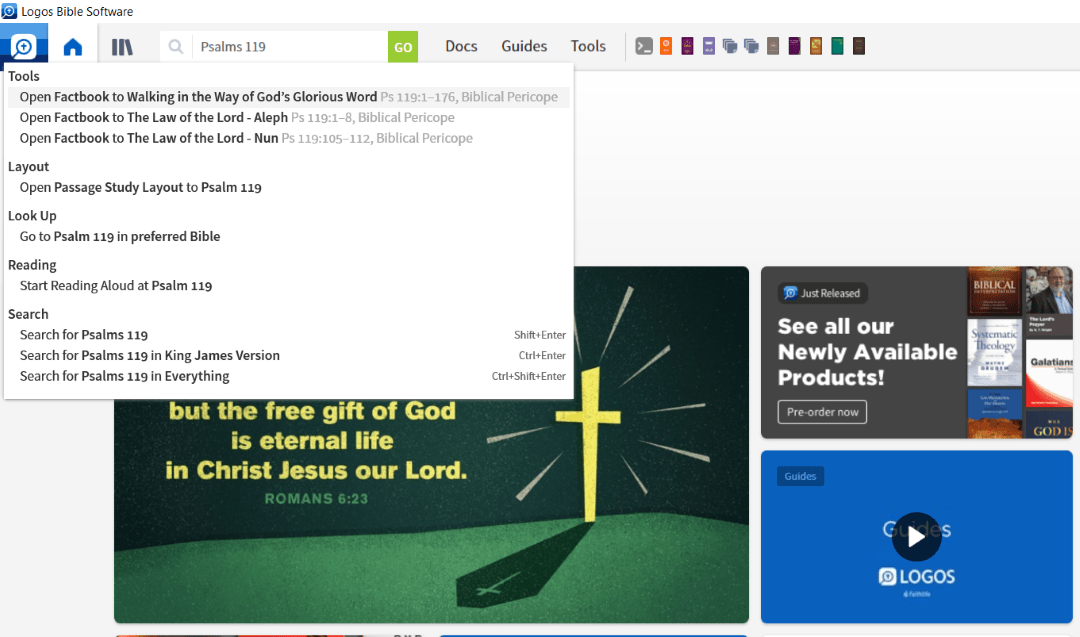
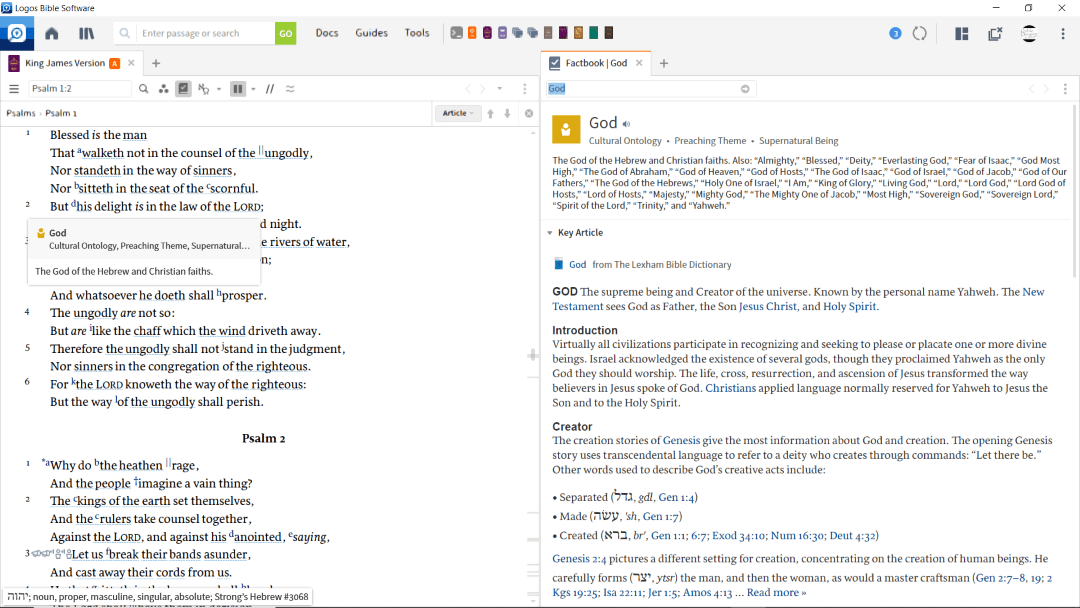

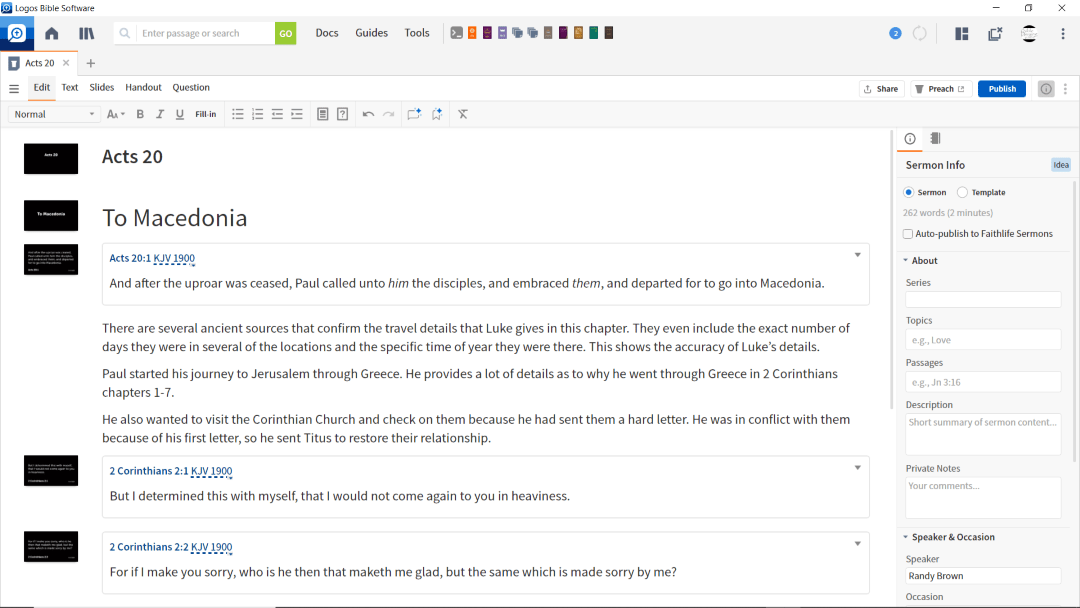
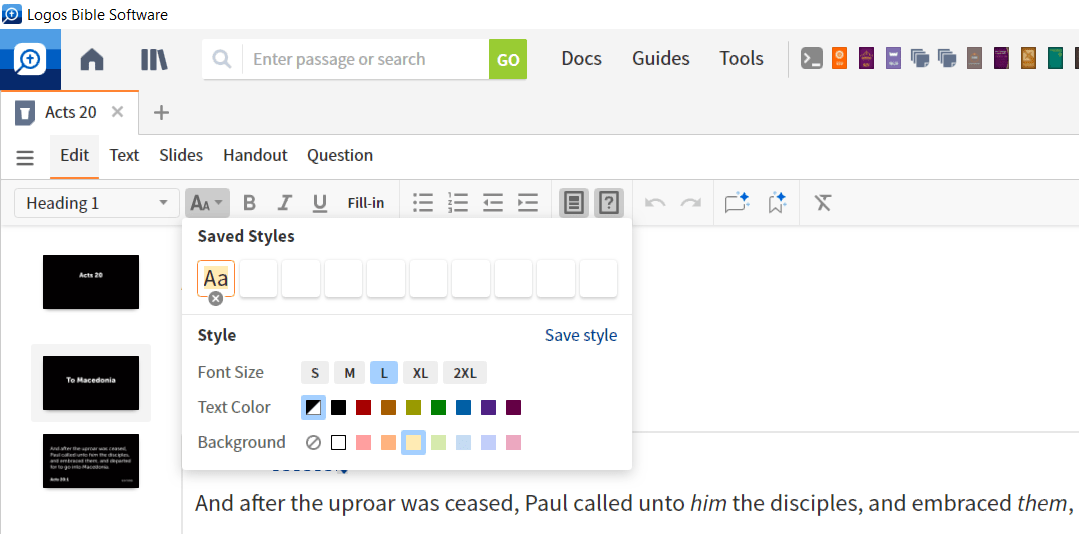
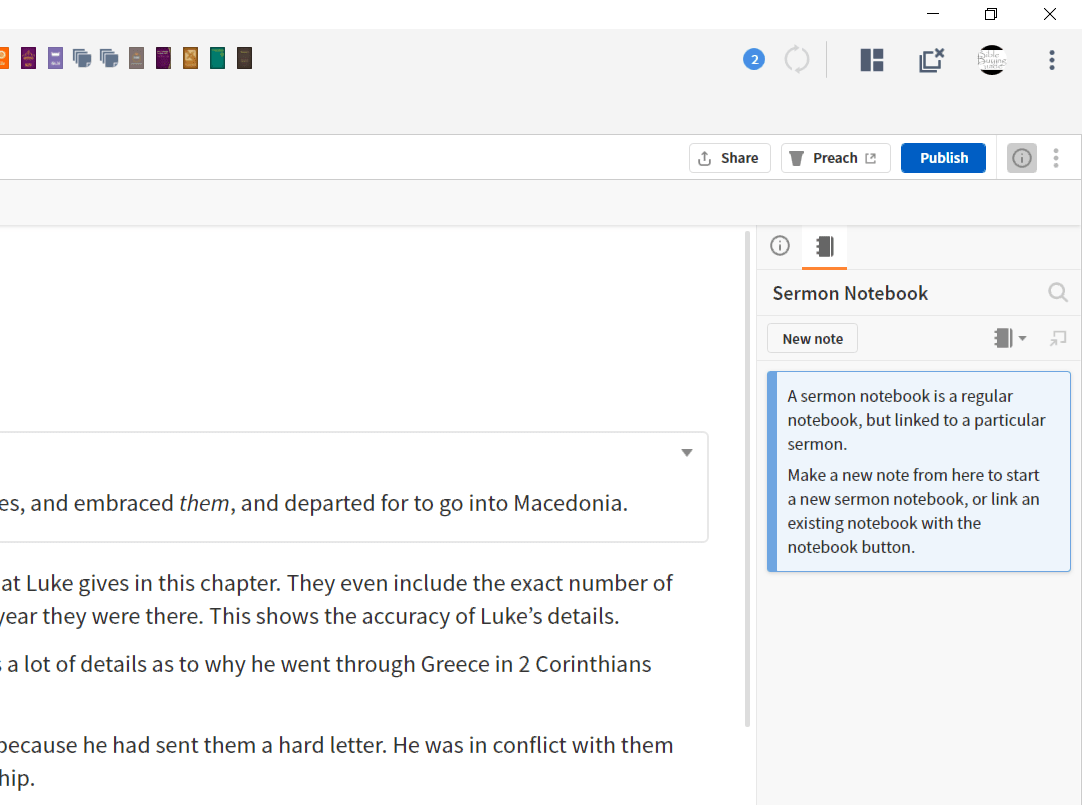
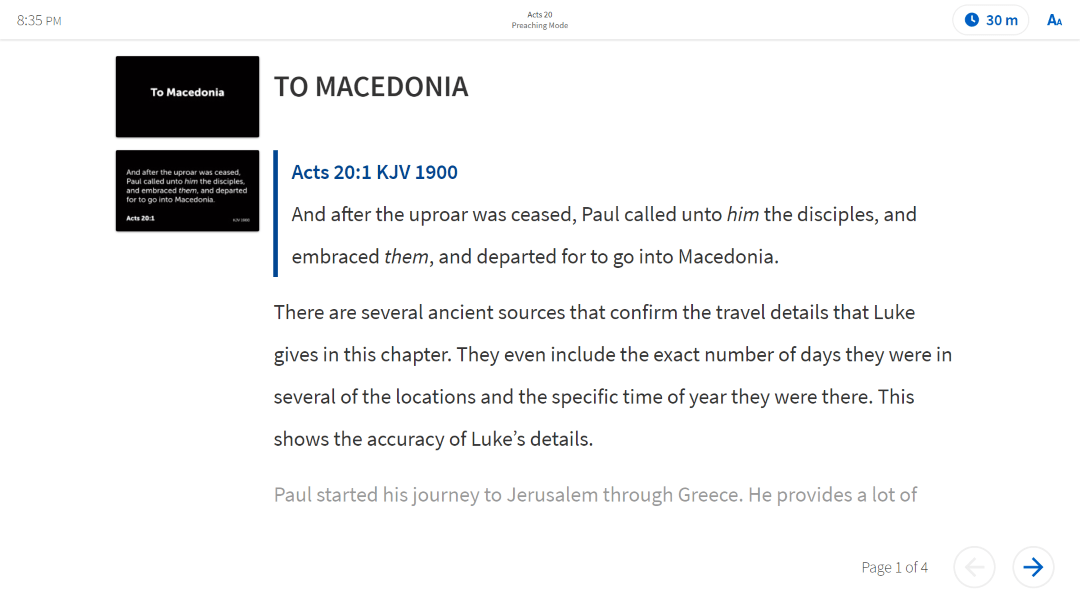
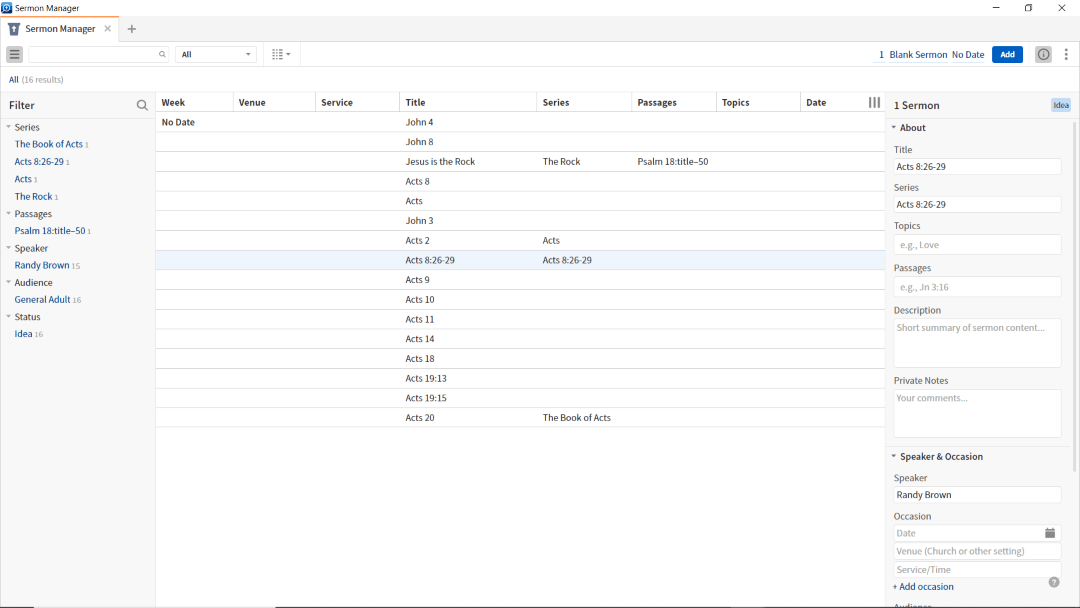
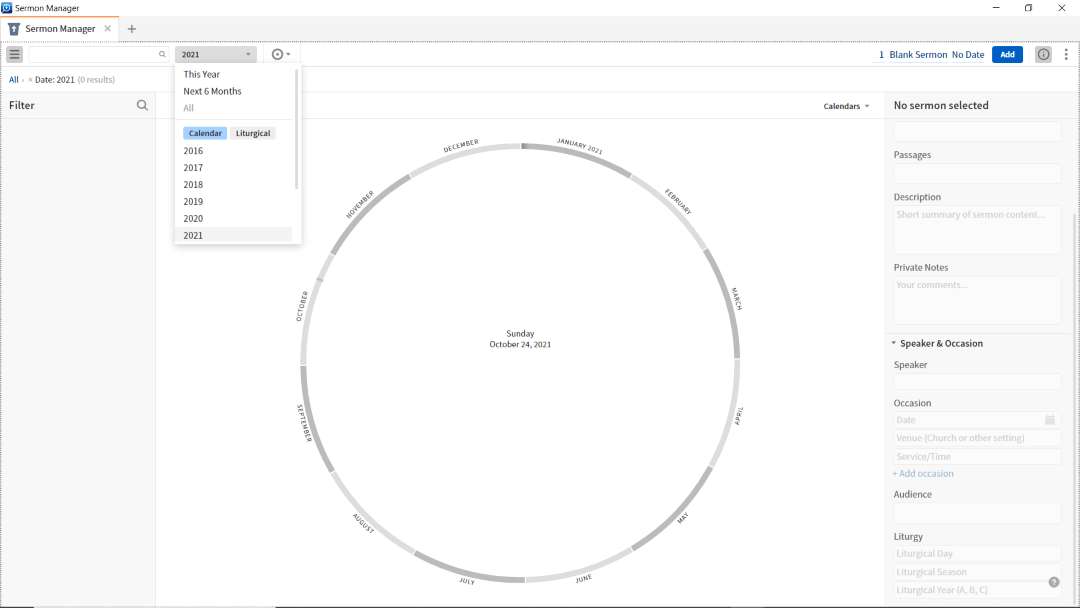



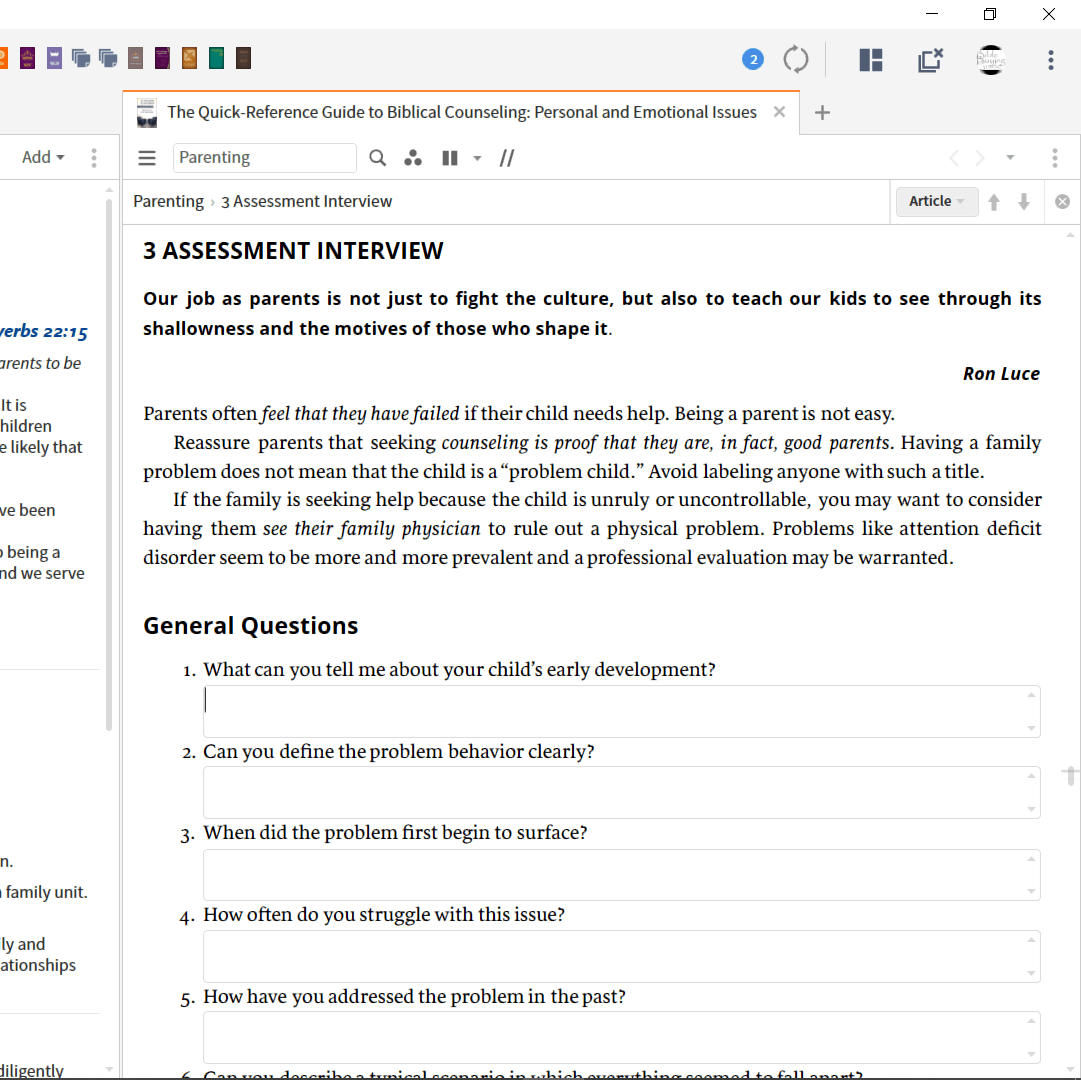
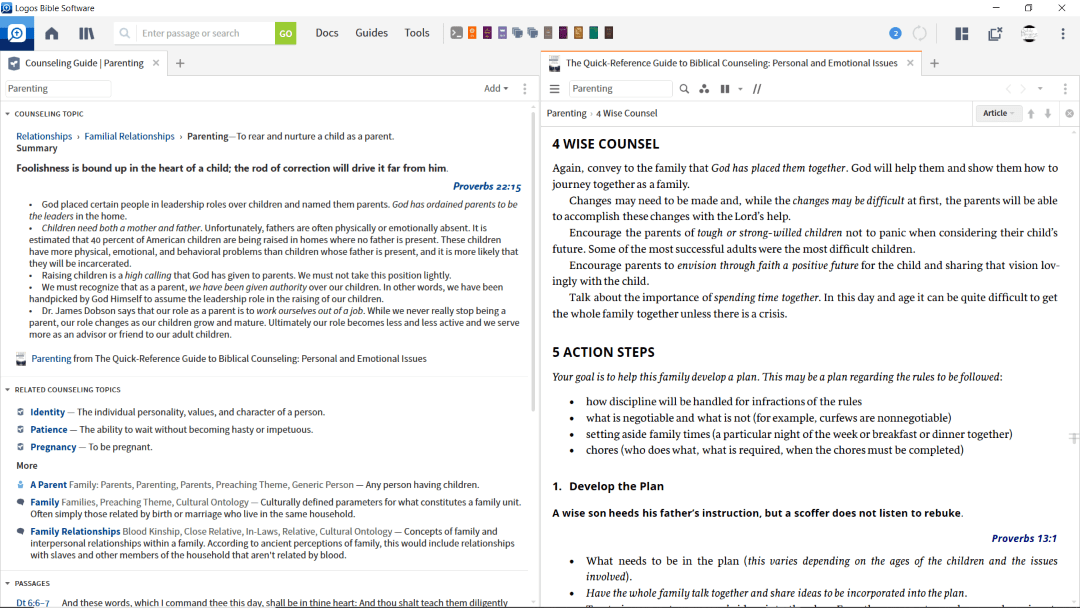
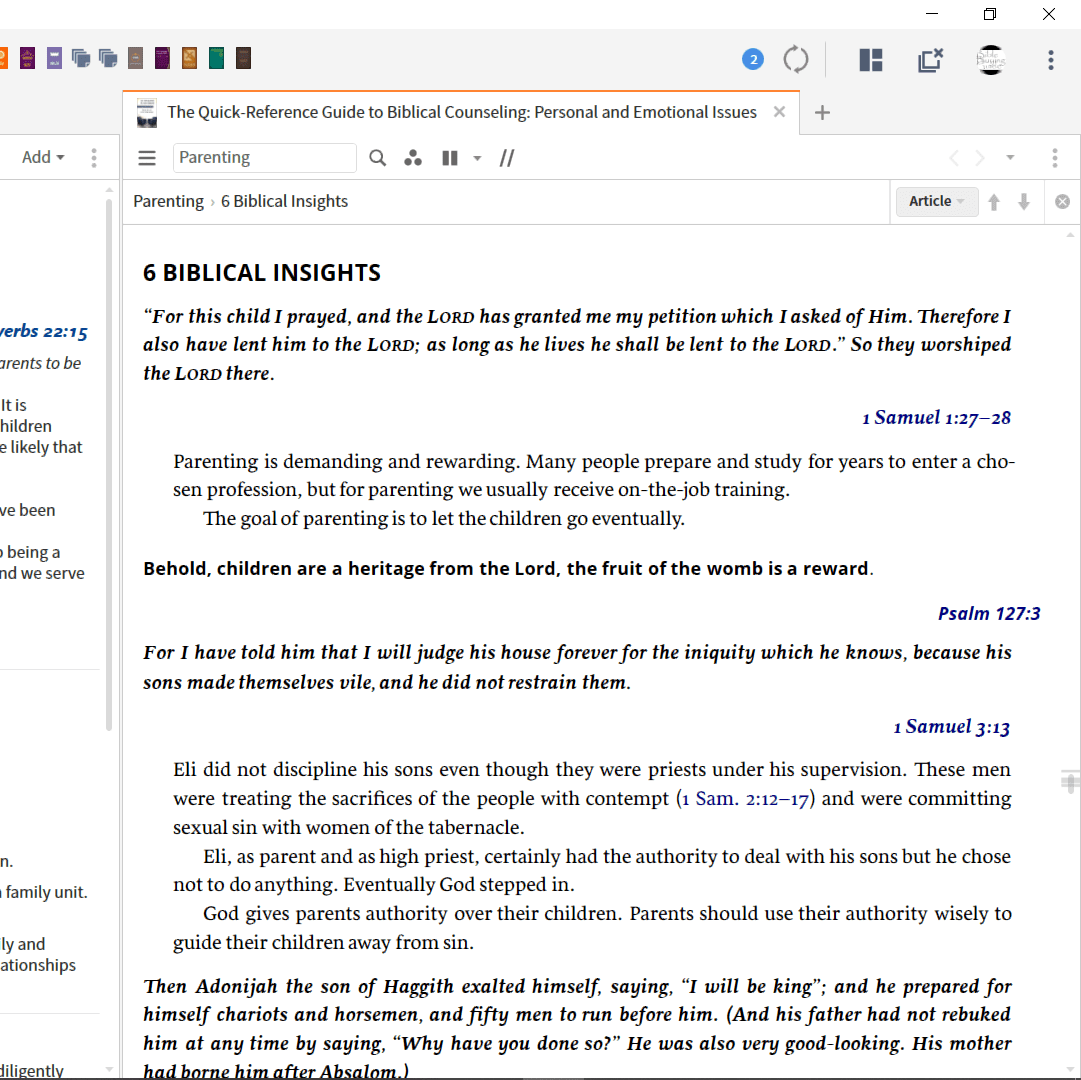
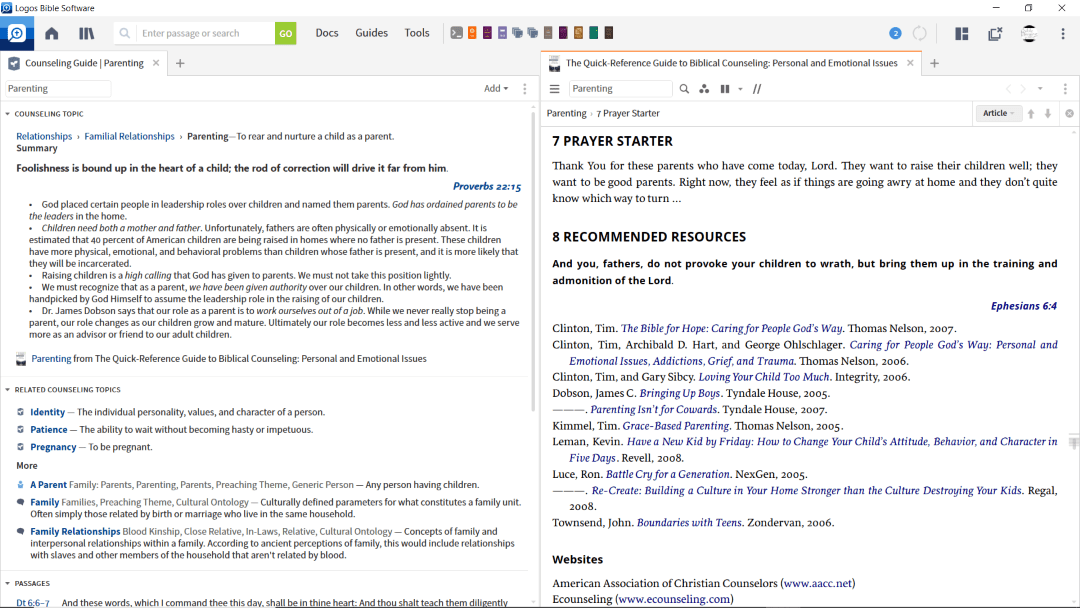
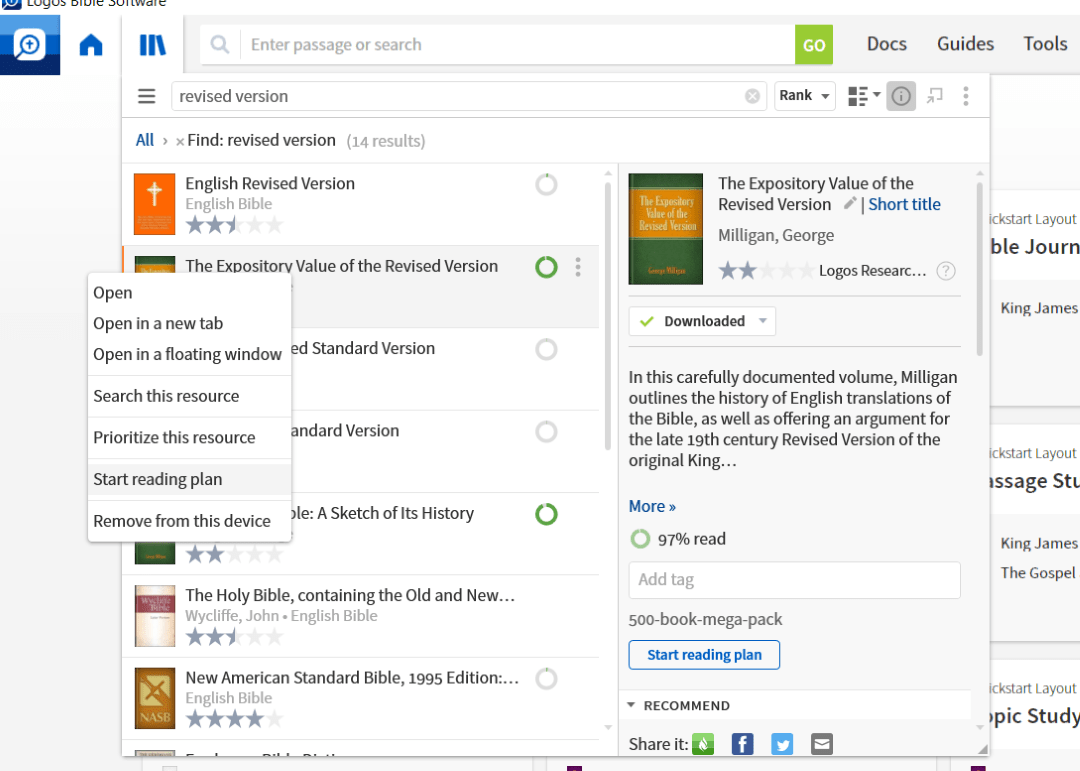
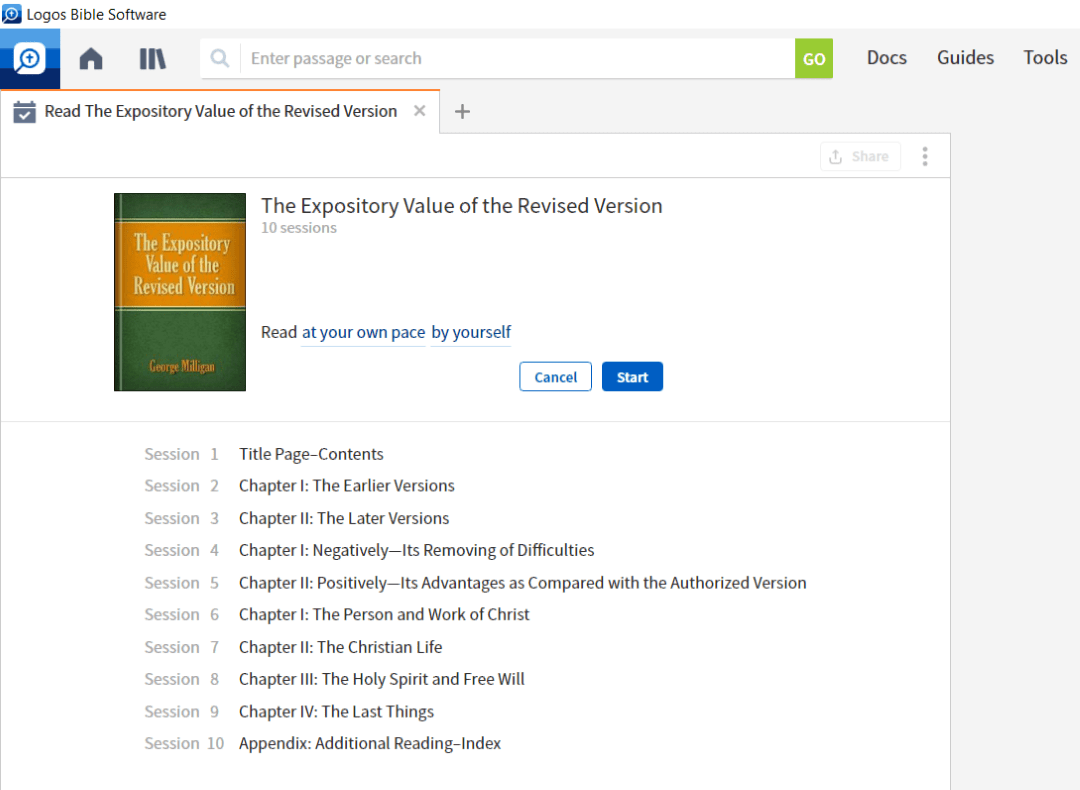
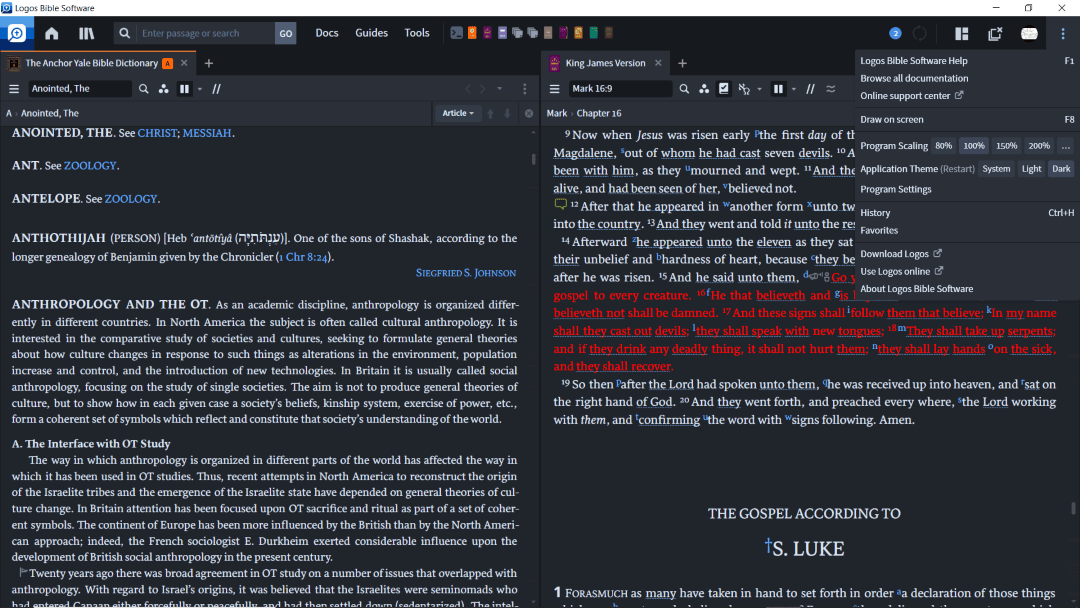
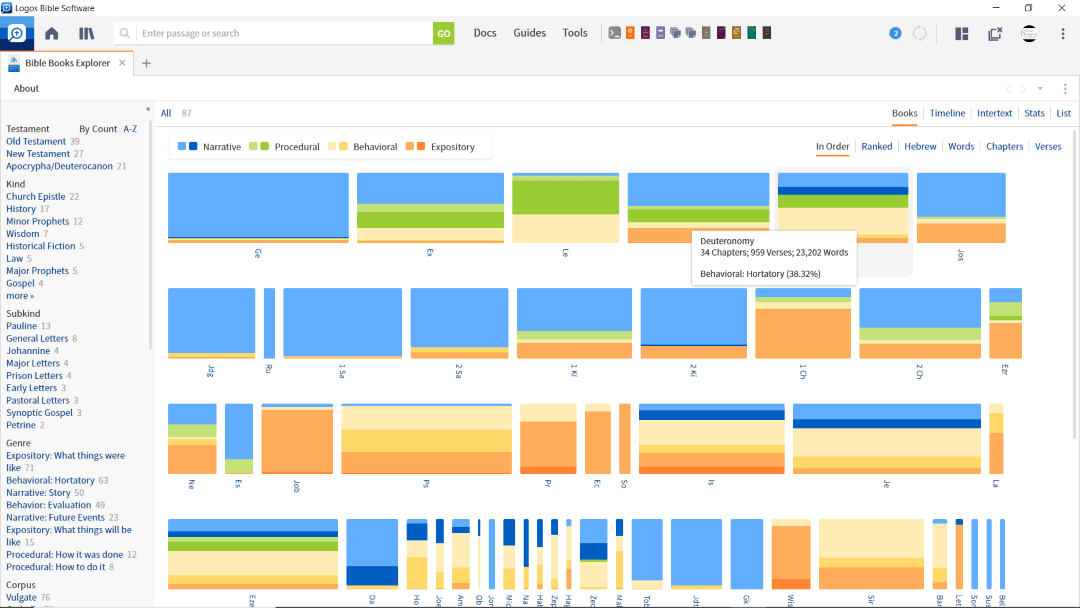
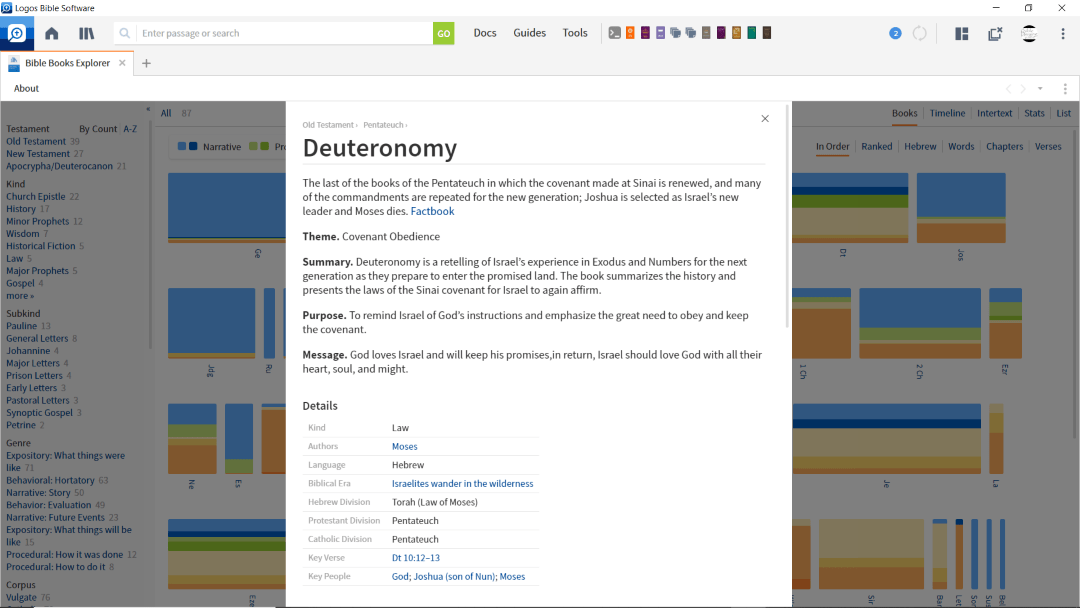
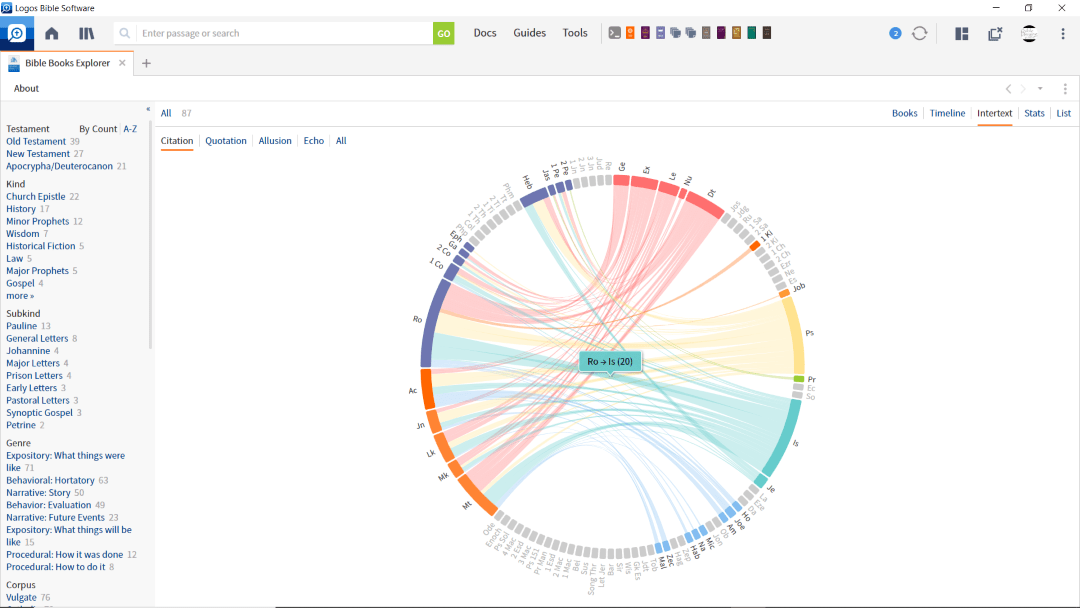
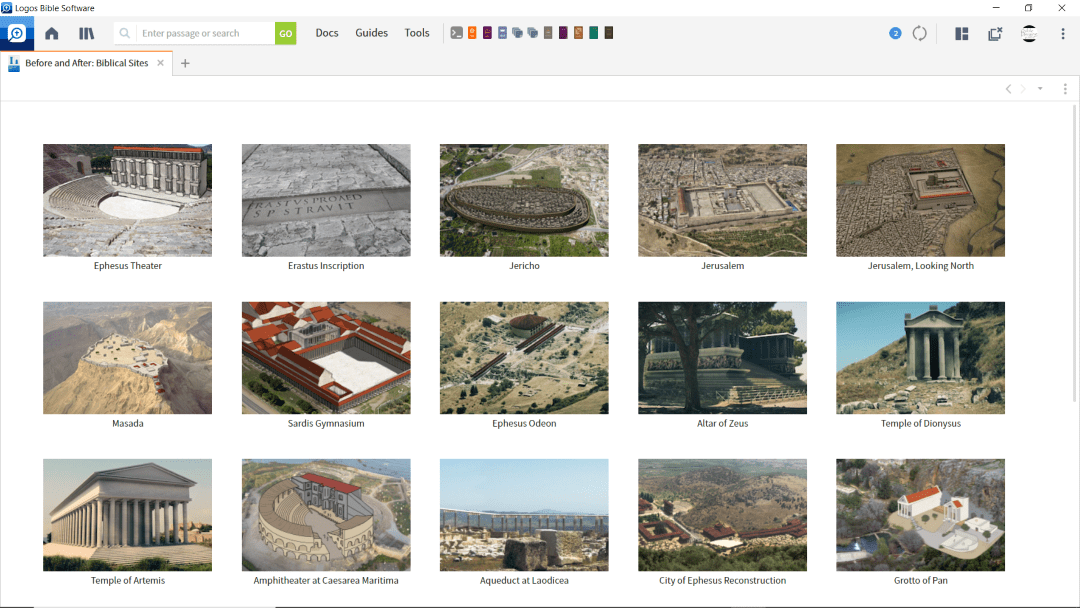


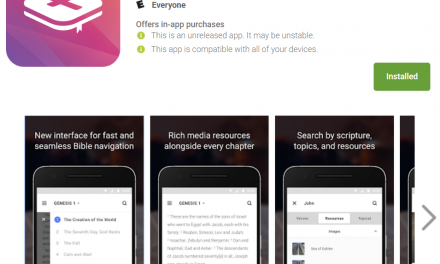
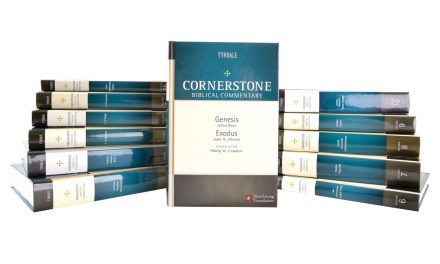







Love your review, I updated ti Logos 9 when it was released.
Thanks Ronnie!!
Loved this review! I’ve been considering upgrading from Logos 8 and your thorough analysis really helped me make up my mind. The pros and cons you highlighted were super valuable, thanks for taking the time to share your thoughts!
Thank you!